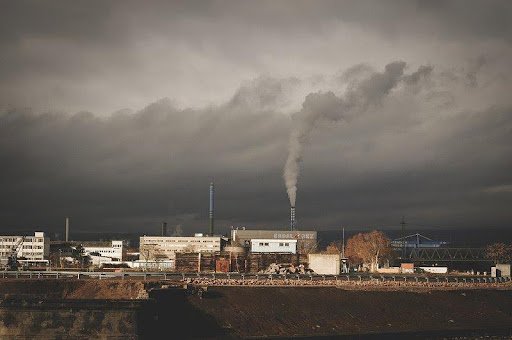Analysing data gathered by everyday practices can prove quite beneficial in dealing with crucial decisions like battling pollution. Dive in for a detailed view.
Some cities are loud. Others are chaotic. But more than anything, many cities today are simply hard to breathe in. Pollution is not just about numbers in air quality reports. It is something you feel in your throat, your lungs, and sometimes, in your silence when you stop mid-sentence to catch a deeper breath. But what if the very chaos of city life, its vehicles, its screens, its endless buzzing systems, could help fix what it broke? Strangely, the solution might be hiding in the everyday data these cities leave behind. You might be wondering, but yes: Big Data can actually breathe life into polluted cities.
Big data just means a lot of information, often more than we can process in usual ways. It is not just from computers or files, it is from the traffic updates, sensor readings, weather logs, noise levels, messages on social media, even the air quality trackers blinking quietly on lampposts.
Every minute, cities generate an overwhelming amount of information. Most of it goes unnoticed. But when you start connecting the dots, that is when stories begin to unfold. Stories of pollution hotspots. Patterns of smog. A timeline of when the air feels thickest or the most dangerous.
So no, big data is not some fancy machine whispering solutions. It is the city speaking back. We just need to learn how to listen.

Here is a scene: A child coughs every morning on the way to school. No one really knows why until someone maps the school’s route on a live pollution heatmap. Turns out, the area near that crossing has the highest vehicle density during those hours. Now, imagine if that route were changed. Or the traffic lights were re-timed. Or the school decided to shift playtime indoors on specific days.
That is how this works. By collecting and studying real-time air quality, weather shifts, vehicle movement, or even factory output, cities can start making smarter, more timely decisions. Not guesses, decisions backed by patterns.
It could mean rerouting traffic during smog peaks, or identifying which industries emit what during which hours. Even planting trees where they are needed the most, not just where they “look nice.” It is not about surveillance or control. It is about awareness about finally knowing where the pain points are, and choosing to do something about them.
Clean air is not a luxury. It is a right, but for many, it feels like a privilege. When cities start using data wisely, lives shift in small but meaningful ways. An app that gently warns an asthma patient to stay indoors. A mother who now knows which lane to avoid with her baby. A public park that is finally safer for an evening walk because someone noticed it was sitting in a pollution bowl.
Hospitals can prepare better. Schools can make quicker decisions. Even delivery workers can be guided through healthier routes. This is not science fiction, this is simple care made possible through awareness.

This is not a miracle fix. No chart or graph can sweep away the smoke from the skies. But it is a quiet step forward. One that helps us move away from blind action, and towards decisions with eyes wide open.
Cleaner buses. Better zoning. Waste systems that actually make sense. And through it all, a quiet hope that cities do not have to suffocate in their own rush. Technology, when kept close to the ground and closer to people, has the power to heal. Not dramatically. Not overnight. But slowly, and steadily.
We often think of pollution as a battle, something to fight. But maybe it is more about learning to listen. To our cities. To our people. To the overlooked signals that quietly show us where we went wrong and how to make it right again. So, the big data will not breathe life into polluted cities overnight, but it can help us figure out how to breathe a little easier step-by-step, and for now, that is the first thing we need.
References:
https://sustainablemobility.iclei.org/air-pollution-beijing/
https://journals.plos.org/plosone/article?id=10.1371%2Fjournal.pone.0317020
https://senseable.mit.edu/news/pdfs/20240730_CleanTech.pdf
https://www.nature.com/articles/s41598-024-71269-7
https://pubmed.ncbi.nlm.nih.gov/39413142/
https://www.weforum.org/agenda/2022/11/how-digital-technologies-can-help-solve-urban-air-pollution/